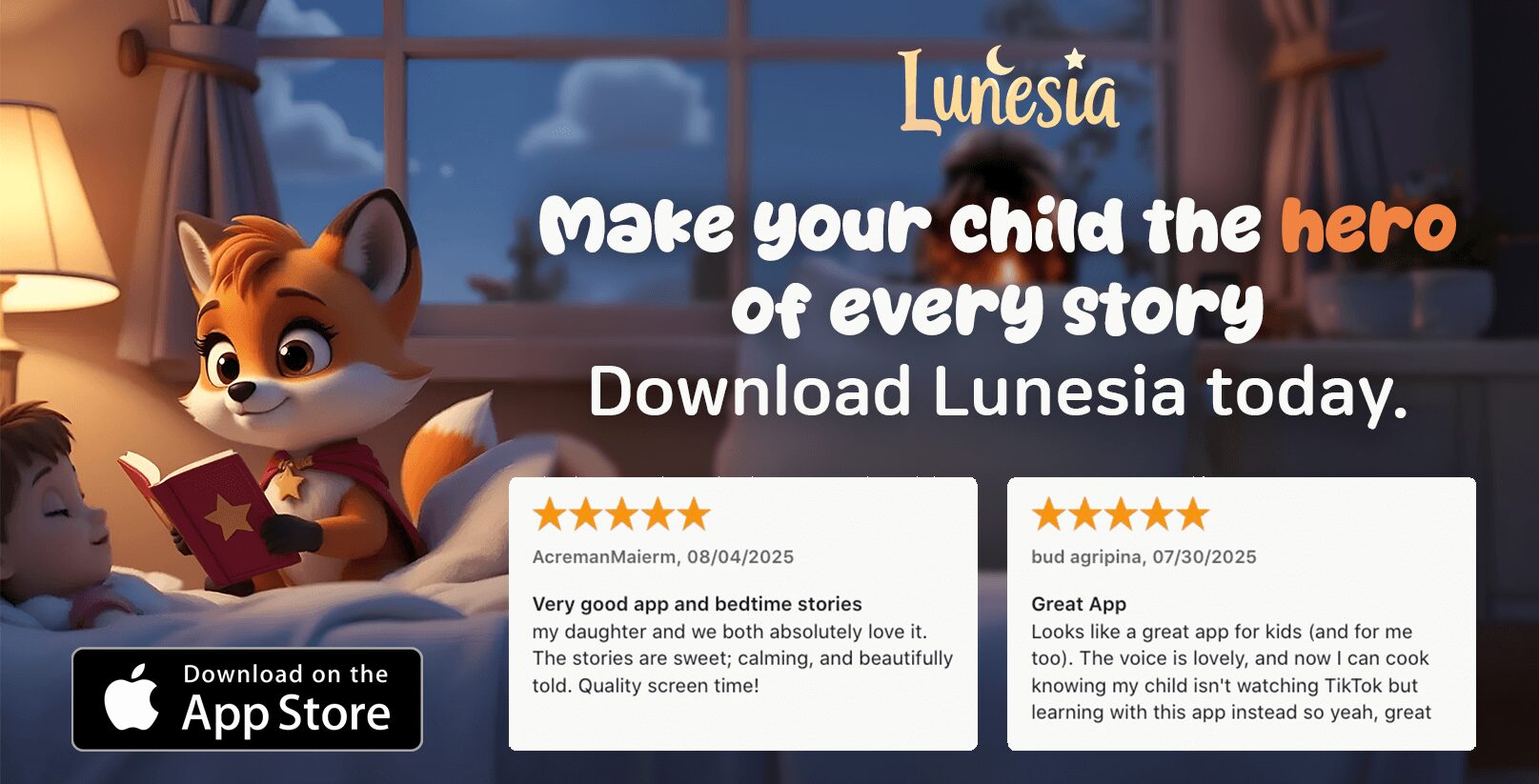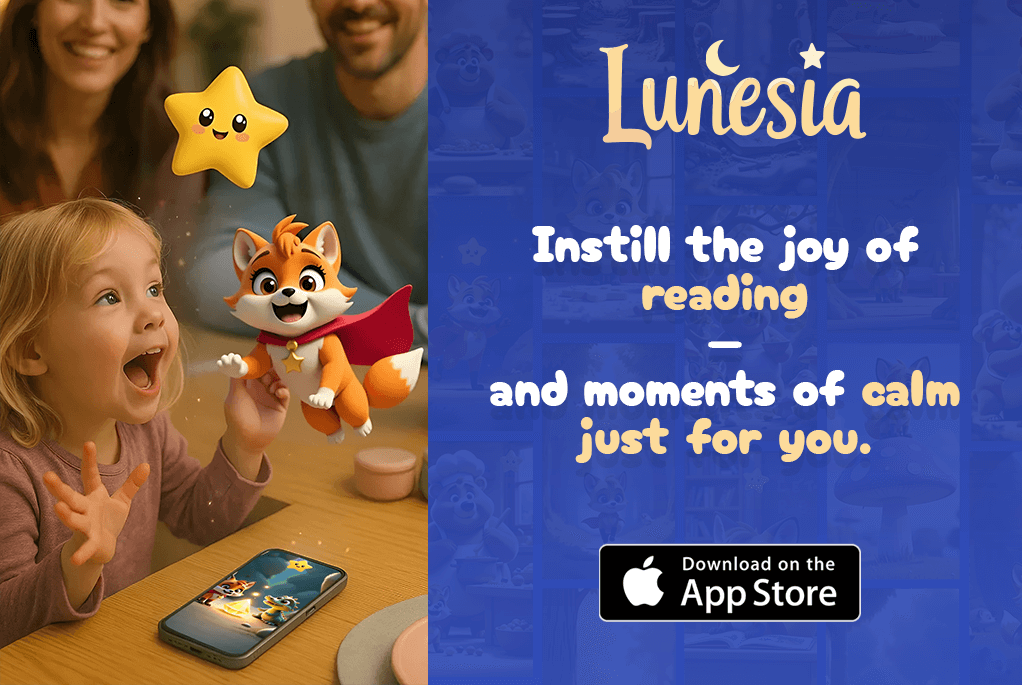If you’re a parent of a toddler, you’ve likely heard the word “no” more times than you can count. That tiny two-letter word can sometimes feel like a mountain between you and a peaceful day. But here’s the good news – your toddler’s newfound opposition isn’t rebellion; it’s actually an important developmental milestone!
Between ages 2-4, toddlers begin to understand they’re separate individuals from their parents. They’re discovering their autonomy and testing boundaries. When your little one firmly plants their feet and declares “No!” to putting on shoes or brushing teeth, they’re actually practicing independence and developing their sense of self.
As a mom who’s navigated these waters (and sometimes felt like I was drowning!), I understand the frustration. But I’ve discovered that with the right approach, we can transform these challenging moments into opportunities for growth – both for our children and ourselves.
1. Stay Calm and Acknowledge Feelings
When your toddler refuses to cooperate, your first instinct might be frustration. However, maintaining your composure is crucial. Children are emotional sponges – they absorb and mirror our reactions. By staying calm, you’re teaching them how to manage difficult emotions.

Real-Life Example:
When 3-year-old Emma refuses to put away her toys before bedtime, instead of showing frustration, her mom kneels down to her level and says, “I can see you’re having fun with your blocks and don’t want to stop playing. It’s hard to stop doing something you enjoy. I understand that feeling.”
Why It Works:
Acknowledging your child’s feelings validates their emotional experience without giving in to their demands. This validation helps toddlers feel understood and respected, which often defuses tension. According to child development experts, when children feel their emotions are recognized, they’re more likely to move past them constructively.
Actionable Steps:
- Take a deep breath before responding
- Get down to your child’s eye level
- Use simple language to name their feelings
- Validate their perspective with phrases like “I understand” or “That makes sense”
- Keep your voice gentle and steady
2. Offer Limited Choices
Toddlers crave control, and opposition often stems from feeling powerless. By offering limited choices, you satisfy their need for autonomy while maintaining necessary boundaries.

Real-Life Example:
Instead of saying, “Put your shoes on now,” try “Would you like to wear your red shoes or your blue shoes today?” When 2-year-old Liam was refusing to get dressed, his dad transformed the power struggle by asking, “Do you want to put your shirt on first or your pants first? You decide!” Liam proudly chose pants first and cooperated with the entire dressing process.
Why It Works:
Choice gives toddlers a sense of control and ownership over the situation. When children feel they have input in decisions, they’re more likely to cooperate. This approach respects their growing independence while still accomplishing necessary tasks.
Actionable Steps:
- Offer only 2-3 choices to avoid overwhelming your child
- Ensure all options are acceptable to you
- Use choice language: “Would you like to…” or “Which would you prefer…”
- Avoid open-ended questions when time is limited
- Praise their decision-making: “Great choice!”
3. Use Playful Approaches
Toddlers live in a world of imagination and play. When opposition arises, tapping into their playful nature can transform resistance into cooperation faster than logical arguments ever could.

Real-Life Example:
When 4-year-old Noah refused to clean up his toys, his mom turned it into a game: “Oh no! The toy dinosaurs are so tired, they need to go to sleep in their cave! Can you help them get to bed before the timer runs out? Ready, set, go!” Noah quickly began gathering dinosaurs, racing against the timer.
Why It Works:
Play speaks directly to a toddler’s natural language. It bypasses the logical reasoning centers (which are still developing) and connects with their imagination and joy. Play also reduces stress hormones and increases cooperation hormones in both parent and child.
Actionable Steps:
- Turn tasks into races or challenges with timers
- Use stuffed animals or toys to “help” or “teach” your child
- Create silly voices or characters to make requests
- Pretend everyday objects have feelings or needs
- Use songs to signal transition times
4. Prepare for Transitions
Many instances of toddler opposition occur during transitions from one activity to another. Toddlers thrive on predictability and often struggle when asked to suddenly stop something they’re enjoying.

Real-Life Example:
Three-year-old Sophia was deeply engaged in coloring when it was time for her bath. Instead of demanding she stop immediately, her father gave her a five-minute warning: “Sophia, in five minutes it will be bath time. You can finish your picture, and then we’ll get ready for your bath. I’ll set this timer so you know when five minutes is up.”
Why It Works:
Transition warnings respect a child’s current activity while preparing them mentally for what comes next. This approach acknowledges their need for predictability and gives them a sense of control over completing their current task before moving on.
Actionable Steps:
- Give 5-10 minute warnings before transitions
- Use visual timers so toddlers can “see” time passing
- Create consistent routines for daily activities
- Use transition songs or special phrases as signals
- Acknowledge the difficulty of stopping a fun activity
5. Model the Behavior You Want to See
Toddlers are natural mimics, learning primarily through observation. When you model positive responses to frustration and cooperation, you’re providing a powerful template for their behavior.

Real-Life Example:
When Dad accidentally knocks over his coffee, instead of showing frustration, he calmly says, “Oops, I spilled my coffee. That’s okay. Accidents happen. I’ll get a cloth and clean it up.” His 2-year-old son watches intently, absorbing this measured response to a frustrating situation.
Why It Works:
Children learn far more from what we do than what we say. When they see us managing our own emotions and cooperating with others, they internalize these behaviors. Modeling provides a real-life demonstration of the skills you’re trying to teach.
Actionable Steps:
- Narrate your own problem-solving: “I’m feeling frustrated, so I’m taking deep breaths”
- Demonstrate cooperation with your partner or other adults
- Show flexibility when your own plans change
- Apologize when you make mistakes
- Practice self-regulation techniques visibly
6. Address Basic Needs First
Sometimes what looks like defiance is actually a response to unmet physical needs. Toddlers often lack the vocabulary to express that they’re hungry, tired, or uncomfortable.

Real-Life Example:
Two-year-old Mason began refusing every request and throwing himself on the floor dramatically. His mom recognized it was past his usual snack time and offered him a healthy option: “I wonder if your tummy is hungry. That can make it hard to listen. Let’s have a quick snack, and then we’ll try again.” After eating, Mason’s cooperation improved dramatically.
Why It Works:
The acronym H.A.L.T. (Hungry, Angry, Lonely, Tired) reminds us that these basic states can trigger difficult behaviors in people of all ages. Toddlers are especially vulnerable to these physical triggers because they can’t always identify or communicate their needs.
Actionable Steps:
- Check timing of meals, snacks, and naps when opposition increases
- Carry healthy snacks and water when out of the house
- Maintain consistent sleep schedules
- Watch for signs of sensory overload in busy environments
- Consider if your child needs physical activity or quiet time
7. Use Positive Reinforcement
Catching your toddler being good and acknowledging cooperative behavior reinforces the actions you want to see more often. Positive reinforcement is far more effective than punishment in shaping behavior.

Real-Life Example:
When 3-year-old Ava put her toys away without being asked, her mom made sure to notice: “Wow, Ava! You put all your blocks in the basket all by yourself! That was so helpful and responsible. Thank you for being such a good helper!” Ava beamed with pride and was more likely to repeat this behavior in the future.
Why It Works:
Positive reinforcement works because it focuses attention on desired behaviors and creates a positive emotional connection to those actions. When children receive attention and praise for cooperation, they’re motivated to continue those behaviors rather than seeking attention through opposition.
Actionable Steps:
- Be specific about what behavior you’re praising
- Offer praise immediately after the positive behavior
- Use enthusiasm in your voice and expressions
- Focus on effort and progress, not just perfect results
- Create simple reward systems for consistent cooperation
8. Set Clear, Consistent Boundaries
While understanding and empathy are essential, toddlers also need clear boundaries to feel secure. Consistent limits actually help reduce opposition by creating predictability and safety.

Real-Life Example:
Four-year-old Jackson wanted to continue playing at the park, but it was time to leave for a doctor’s appointment. His mother calmly stated: “I understand you’re having fun and want to stay longer. Parks are so much fun! But we need to leave now for your checkup. We can come back to the park tomorrow afternoon. Right now, you can choose to walk to the car yourself or have me carry you.”
Why It Works:
Clear boundaries provide toddlers with the structure they need to feel secure. When limits are consistent, children learn what to expect and gradually internalize these boundaries. This predictability actually reduces opposition over time as children understand that certain rules aren’t negotiable.
Actionable Steps:
- Establish a few important rules based on safety and respect
- Use the same language consistently when enforcing boundaries
- Follow through calmly but firmly
- Acknowledge feelings while maintaining the boundary
- Offer appropriate choices within non-negotiable limits
Embracing the Journey Through Toddler Opposition

Remember that your toddler’s opposition isn’t personal—it’s developmental. Those challenging “no” moments are actually signs of healthy growth as your child develops independence, critical thinking, and self-awareness. With patience and consistent use of these strategies, you can navigate this phase while maintaining a strong, loving connection with your child.
The key to success lies in consistency and compassion—both for your child and yourself. There will be days when everything works beautifully, and days when nothing seems to help. On those difficult days, take a deep breath and remember that this phase is temporary, but the relationship skills you’re building will last a lifetime.
By responding to opposition with understanding rather than frustration, you’re teaching your toddler valuable lessons about communication, emotional regulation, and problem-solving. You’re not just managing behavior—you’re raising a confident, emotionally intelligent human being.
The way we talk to our children becomes their inner voice. When we respond to opposition with patience and respect, we’re helping shape how they’ll handle challenges throughout their lives.
What strategies have worked best for you in handling toddler opposition? Every child is unique, and sharing our experiences helps build a supportive community of parents navigating similar challenges.
Need more support with toddler opposition?
Join our free parent community for weekly tips, expert advice, and support from other parents navigating the toddler years.
Download Your Free Guide
Get our comprehensive guide “Handling Toddler Opposition: A Parent’s Toolkit” with printable reminders, additional strategies, and troubleshooting tips for challenging situations.
Frequently Asked Questions About Toddler Opposition
Is it normal for my toddler to say “no” to everything?
Yes, this is completely normal developmental behavior between ages 2-4. Saying “no” is how toddlers practice independence and develop their sense of self. This phase, while challenging, is actually a healthy sign of cognitive and emotional development.
When should I be concerned about my toddler’s defiance?
While opposition is normal, consult your pediatrician if your child’s defiance is extreme, involves aggressive behavior that can’t be redirected, persists beyond age 4-5 with high intensity, or significantly interferes with daily functioning and relationships. These could indicate additional support is needed.
How long does the oppositional phase typically last?
The peak of oppositional behavior typically occurs between ages 2-3, with gradual improvement as language skills develop and children find other ways to express independence. However, some opposition is normal throughout childhood as kids continue to develop autonomy.




